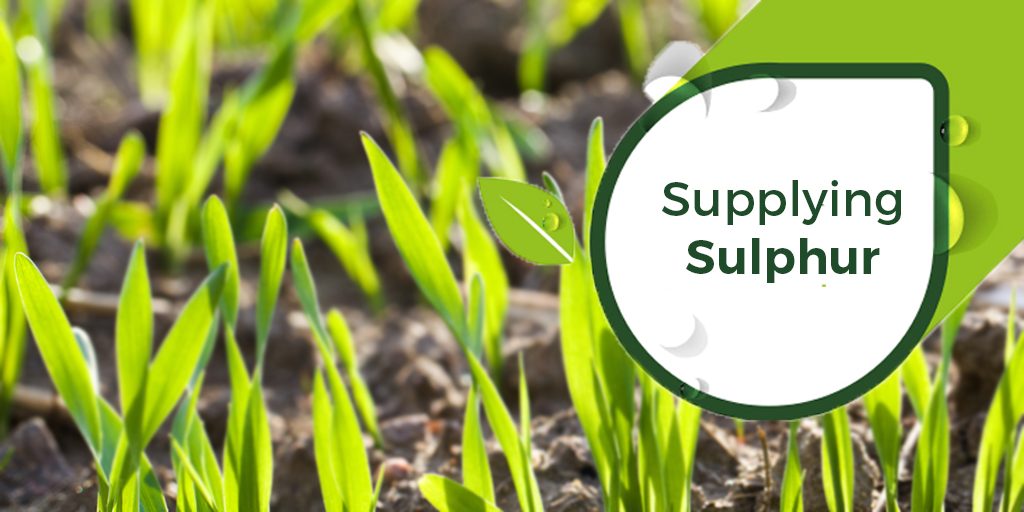With the significant volatility and variation in nitrogen prices, boosting fertiliser efficiency is at the forefront of most farmers minds.
Crop Nutrition Agronomist, Scott Baker, highlights how farmers can effectively manage their nitrogen application this spring, with suggestions on how to maximise efficiency of product applied and how monitoring your crop will pay dividends.


Considering application rates
The economic optimum rate of nitrogen next spring is likely to differ widely, depending on when product was ordered (and it’s cost). Based on the average rule of thumb application of 220 kg/ha N on winter wheat, economic rates are likely to be closer to 160 kg/ha unless nitrogen was bought early. Oilseed rape crops will need a field-by-field review, considering the crops GAI and potential in light of any CSFB levels, along with the cost of the nitrogen and sulphur available. For sugar beet, it’s likely that the economic optimum rate of nitrogen will be around 80-100 kg/ha next spring (versus the general rate of 120 kg/ha), so perhaps consider a liquid starter application on the drill (applying around 10 kg/ha nitrogen) and making an average top dressing around an additional 75 kg/ha N. Similarly for potatoes and vegetable crops, where slight reductions in nitrogen rates are likely to make economic sense, it will be important to review the economic response to the nitrogen and vital to monitor crops through the summer and consider foliar fine tuning rates of nitrogen if required. To maximise NUE, you should consider the use of nitrification inhibitors to help retain more mineral nitrogen in soils through the winter, to boost the efficiency of the N you apply.
Supplying Sulphur
However, sulphur application rates should remain unchanged, so consider a higher S:N ratio product, since optimal nitrogen application rates will be lower, but sulphur rates unchanged. Applying nitrogen alongside sulphur aids boosting fertiliser efficiency. Sulphur is a key component when growing high yielding, healthy crops. Whilst Nitrogen is a growth promoter, sulphur works as a growth regulator, effectively balancing the manufacture of sugars and proteins in leaf tissue with the demand from these materials throughout the plant. Consequently, sulphur plays a crucial role in maintaining green leaf area, growth rates and delaying senescence. Low sulphur levels reduce Nitrogen metabolism, leaf expansion and plant development. The nutrient is very mobile in the soil meaning wet winters and early springs leave low reserves in the soil. Crops need a steady supply throughout rapid growing seasons, so it’s key to apply S each time N is applied. Consult your local FACTS qualified advisor for the most efficient rate of sulphur to be applying with your chosen N rate.
